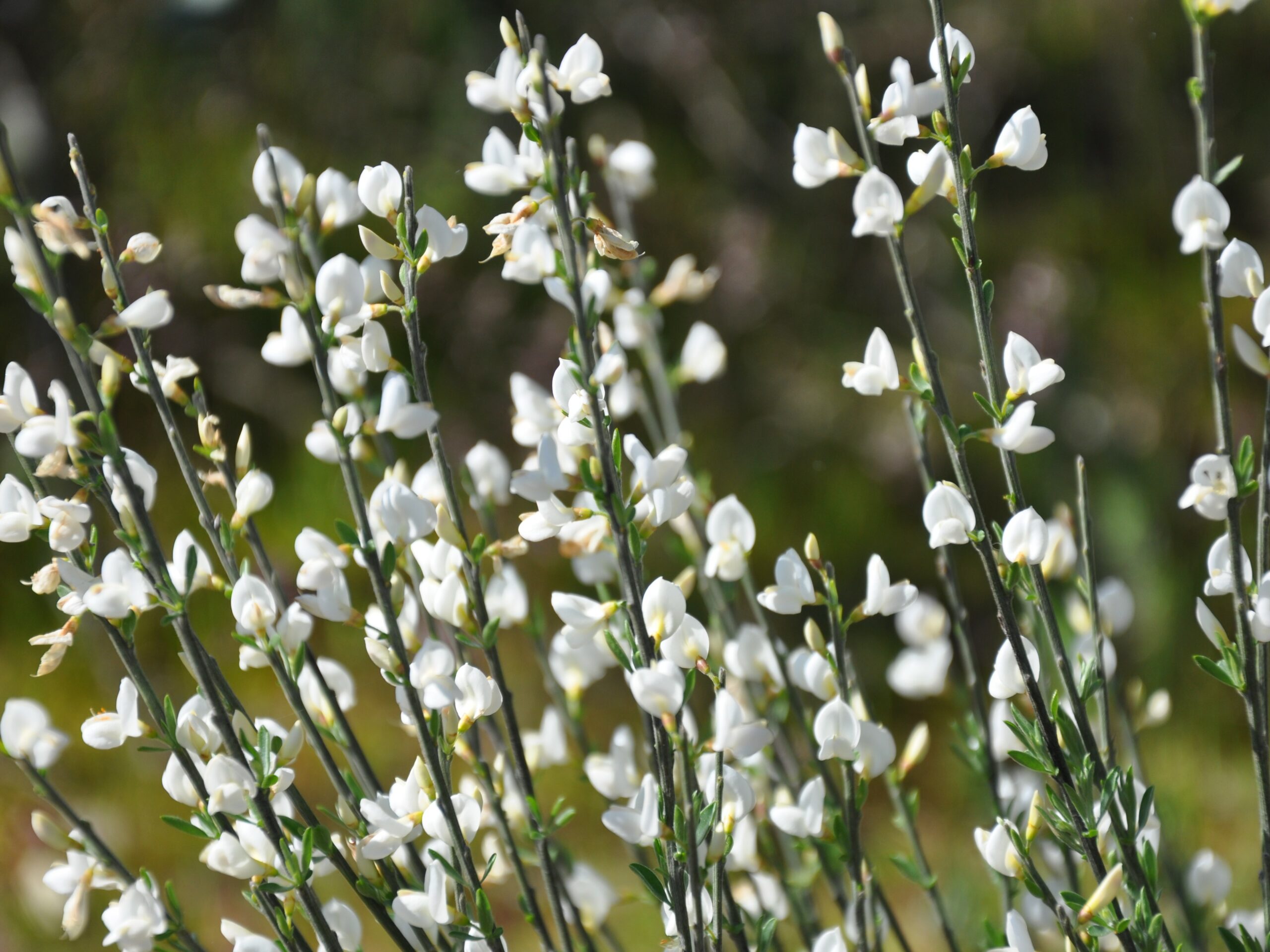Created on: Wednesday, Jun 1st, 2016
The following webpages were consulted for this screen: Tropicos: http://www.tropicos.org/Name/13029878?tab=synonyms; GBIF: http://www.gbif.org/species/7681436; USDA PLANTS: http://plants.usda.gov/core/profile?symbol=CYMU3; Plant List: http://www.theplantlist.org/tpl/record/ild-8771; ARS GRIN: https://npgsweb.ars-grin.gov/gringlobal/taxonomydetail.aspx?id=12992; EOL: http://www.eol.org/pages/703889/overview; CABI (congener): http://www.cabi.org/isc/datasheet/17610; Calflora: http://www.calflora.org/cgi-bin/species_query.cgi?where-calrecnum=2600; Jepson: http://ucjeps.berkeley.edu/eflora/eflora_display.php?tid=22197; Dave’s Garden: http://davesgarden.com/guides/pf/go/79474/; Weeds of Australia: http://keyserver.lucidcentral.org/weeds/data/media/Html/cytisus_multiflo... Wikipedia: https://en.wikipedia.org/wiki/Cytisus_multiflorus; ICE (congeners): http://ice.ucdavis.edu/invasives/home/species?page=4; Cal-IPC: http://www.cal-ipc.org/paf/; PFAF (congener): http://www.pfaf.org/user/Plant.aspx?LatinName=Cytisus+scoparius; Tasmanian government: http://dpipwe.tas.gov.au/Documents/Cytisus-multiflorus-assessment.pdf
Reviewed by Lynn Sweet.
- < 13 : accept (low risk of invasiveness)
- 13 - 15 : evaluate further
- > 15 : reject (high risk of invasiveness)

